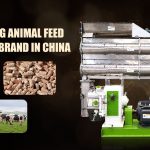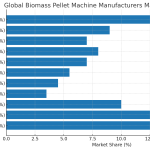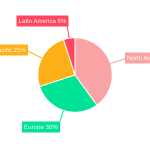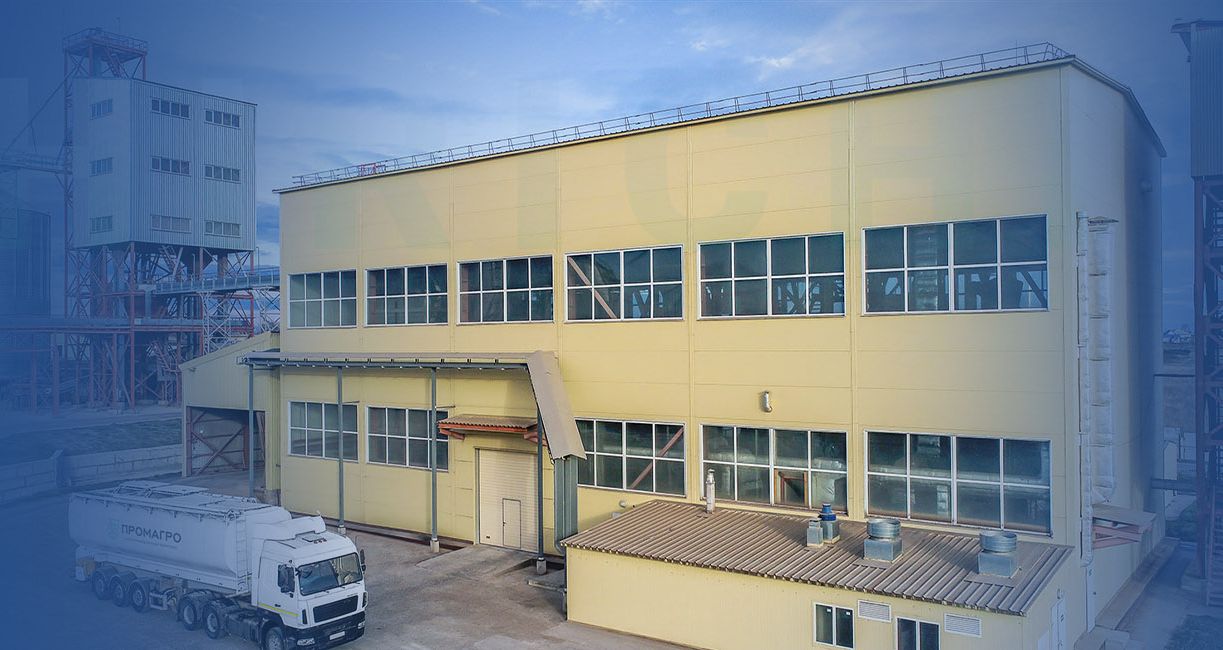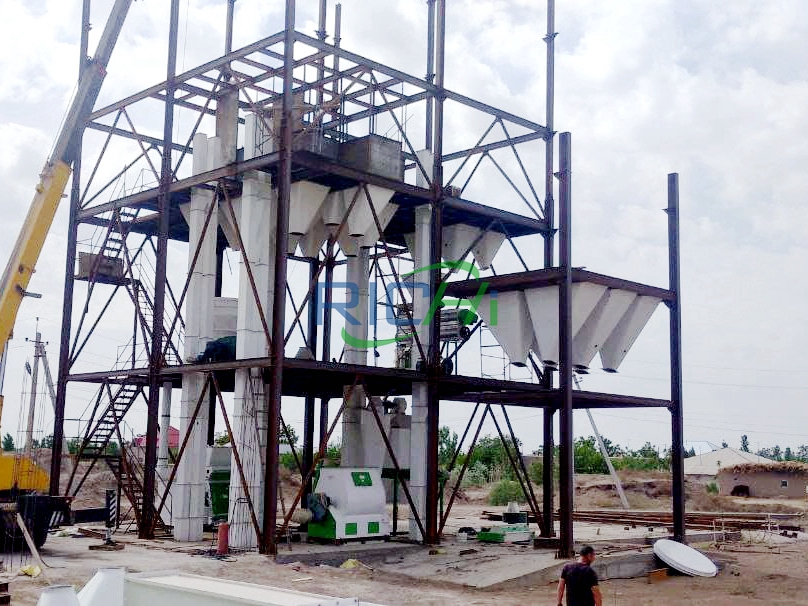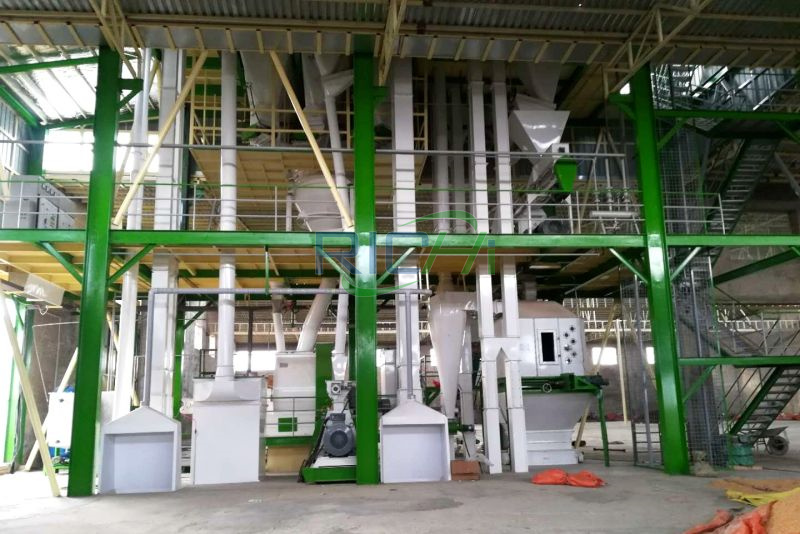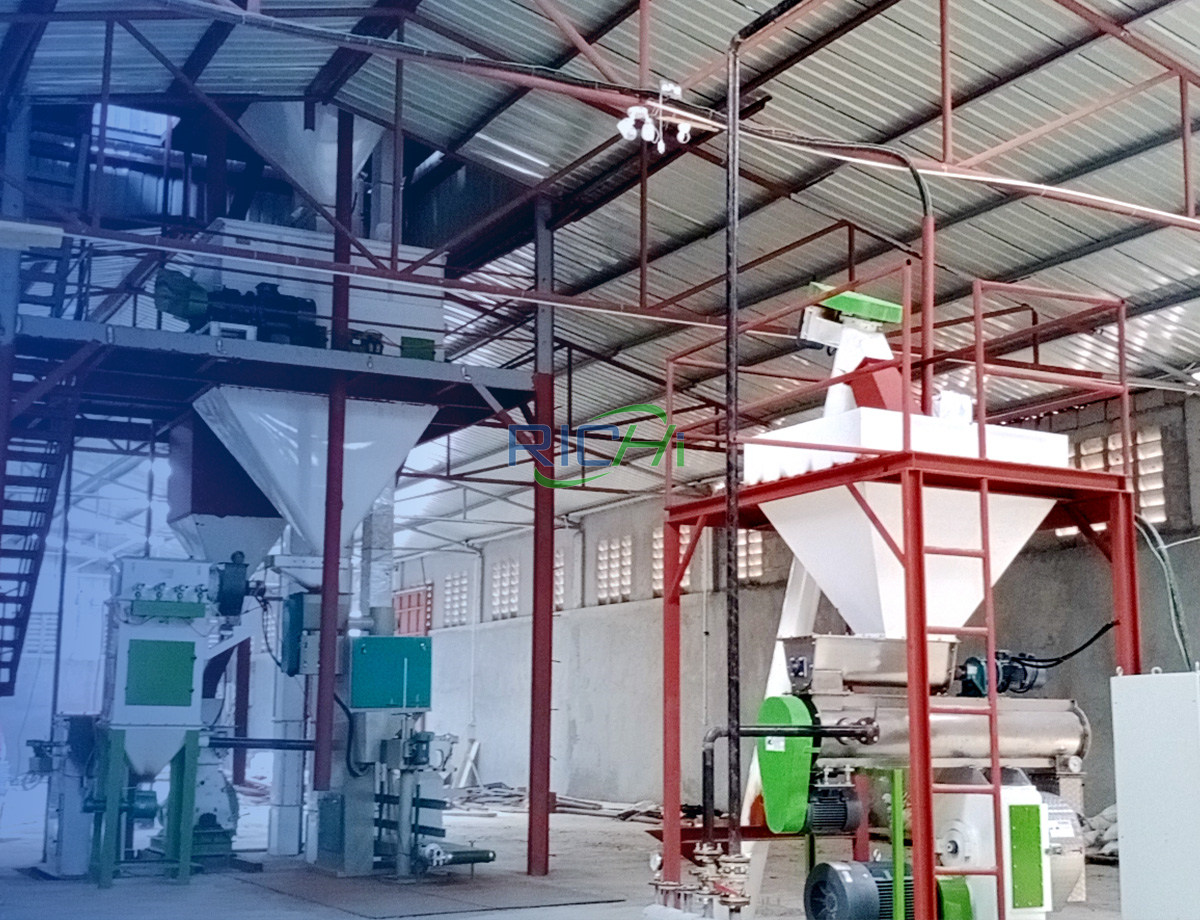A 10 tons per hour (t/h) cattle feed manufacturing plant represents a significant investment in the animal feed industry. While high-quality equipment is essential for producing top-grade feed, there are several strategies that manufacturers can employ to reduce equipment costs without compromising on quality. This article explores various approaches to minimize equipment expenses for a 10t/h cattle feed manufacturing plant.
- Optimize Plant Layout and Design
An efficient plant layout can significantly reduce equipment costs:
- Minimize material handling equipment by optimizing the flow of materials through the plant.
- Design a compact layout to reduce the need for long conveyor systems and multiple elevators.
- Implement gravity-assisted material flow where possible to reduce reliance on powered conveyors.
By carefully planning the plant layout, manufacturers can potentially reduce equipment costs by 5-10%.
- Choose Multi-functional Equipment
Investing in versatile, multi-functional equipment can reduce the overall number of machines required:
- Select grinding equipment that can handle multiple grain types.
- Opt for mixers that can perform both dry and wet mixing.
- Choose pellet mills that can produce various pellet sizes with minimal adjustments.
Multi-functional equipment may have a higher upfront cost but can lead to overall savings of 10-15% on total equipment expenses.
- Explore Used and Refurbished Equipment Options
While new cattle feed mill equipment offers the latest technology, used or refurbished equipment can provide significant cost savings:
- Consider purchasing used equipment for non-critical processes.
- Explore refurbished options for major components like pellet mills or mixers.
- Ensure that any used equipment meets current safety and efficiency standards.
Opting for quality used or refurbished equipment can potentially reduce costs by 30-50% compared to new equipment.
- Implement a Modular Design Approach
A modular plant design allows for greater flexibility and potential cost savings:
- Start with essential equipment and add modules as production demands increase.
- Choose equipment that can be easily scaled up or modified in the future.
- Design the plant with expansion in mind to avoid costly retrofits later.
A modular approach can reduce initial equipment costs by 20-30% while allowing for future growth.
- Leverage Automation Strategically
While automation can increase efficiency, it’s essential to balance automation with cost:
- Focus automation on critical processes that significantly impact quality and efficiency.
- Implement basic automation systems that can be upgraded in the future.
- Consider semi-automated solutions for processes where full automation may not be cost-effective.
Strategic automation can reduce labor costs and improve efficiency while keeping equipment costs in check.
- Negotiate with Equipment Suppliers
Effective negotiation with equipment suppliers can lead to substantial savings:
- Request quotes from multiple suppliers to encourage competitive pricing.
- Consider package deals for purchasing multiple pieces of equipment from the same supplier.
- Explore financing options or leasing arrangements that may reduce upfront costs.
Skilled negotiation can potentially reduce equipment costs by 5-15%.
- Prioritize Energy Efficiency
Energy-efficient equipment may have higher upfront costs but can lead to significant long-term savings:
- Choose equipment with high energy efficiency ratings.
- Invest in variable frequency drives (VFDs) for motors to optimize energy consumption.
- Consider heat recovery systems to reduce overall energy costs.
While energy-efficient equipment may increase initial costs by 5-10%, it can lead to substantial operational savings over time.
- Optimize Raw Material Storage
Efficient raw material storage can reduce the need for expensive handling equipment:
- Implement a just-in-time inventory system to reduce storage requirements.
- Use flexible storage solutions like fabric silos instead of expensive metal silos.
- Optimize the number and size of storage bins based on production needs.
Efficient storage solutions can reduce related equipment costs by 10-20%.
- Focus on Core Processes
Identify core processes that are essential for producing high-quality cattle feed and invest in top-tier equipment for these areas:
- Prioritize investment in critical equipment like pellet mills and mixers.
- Consider outsourcing non-core processes or using simpler equipment for these tasks.
- Balance equipment quality with cost based on its impact on the final product.
This focused approach can optimize equipment spending and potentially reduce overall costs by 10-15%.
- Implement Efficient Maintenance Strategies
Proper maintenance can extend equipment life and reduce the need for premature replacements:
- Develop a comprehensive preventive maintenance program.
- Train operators in basic maintenance tasks to reduce reliance on external technicians.
- Invest in condition monitoring systems to predict and prevent equipment failures.
Effective maintenance strategies can extend equipment life by 20-30%, reducing long-term replacement costs.
- Explore Local Manufacturing Options
In some regions, locally manufactured equipment can be significantly cheaper than imported alternatives:
- Research local equipment manufacturers that meet quality standards.
- Consider partnering with local engineering firms to customize equipment.
- Balance the cost savings of local options with the quality and reliability of established international brands.
Local manufacturing options can potentially reduce equipment costs by 20-40%, especially in developing markets.
- Optimize Packaging and Bagging Equipment
Efficient packaging solutions can reduce equipment costs in the final stages of production:
- Consider bulk loading systems for large-scale customers to reduce bagging equipment needs.
- Invest in versatile bagging equipment that can handle various bag sizes and types.
- Explore automated palletizing systems only if production volume justifies the investment.
Optimizing packaging equipment can lead to savings of 5-10% on overall equipment costs.
Conclusion
Reducing equipment costs for a 10t/h cattle feed manufacturing plant requires a strategic approach that balances cost-saving measures with the need for quality and efficiency. By optimizing plant layout, choosing multi-functional equipment, exploring used options, implementing modular design, leveraging strategic automation, and focusing on energy efficiency, manufacturers can significantly reduce their equipment expenses.
Additionally, effective negotiation with suppliers, prioritizing core processes, implementing efficient maintenance strategies, and exploring local manufacturing options can further contribute to cost reduction. It’s important to remember that while reducing equipment costs is crucial, it should not come at the expense of product quality or plant efficiency.
By carefully implementing these strategies, manufacturers can potentially reduce their overall equipment costs by 20-30% or more, depending on specific circumstances and market conditions. This cost reduction can significantly improve the financial viability of the plant, allowing for quicker return on investment and increased competitiveness in the cattle feed market.
For details please contact: pelletizer
WhatsApp:86 138 3838 9622
Email:enquiry@richipelletmachine.com
